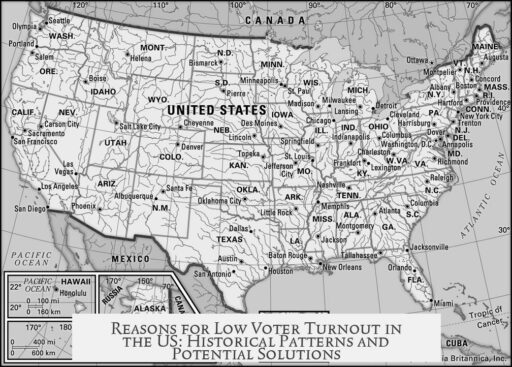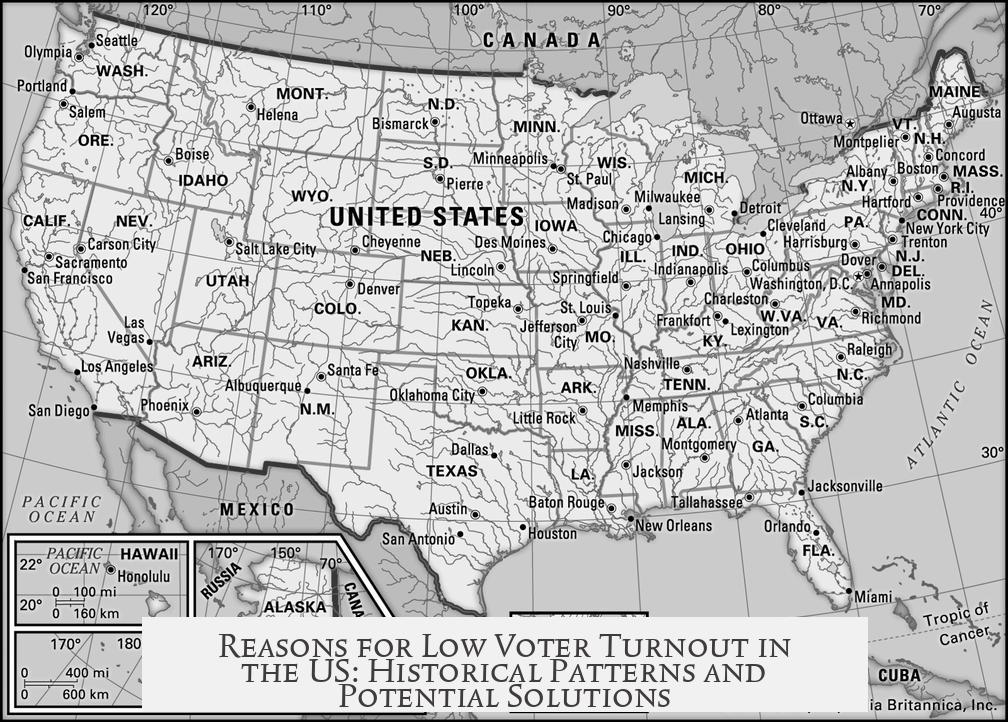Voter turnout in the United States is historically low due to a complex mix of factors including political disengagement, fragmented elections, geographic polarization, and electoral system design. Unlike countries such as the UK, where turnout ranged from about 60% to 84% post-WWII, the US consistently shows lower participation. Many elements contribute to this trend.
The US electoral system involves multiple layers and disconnected races. The Progressive Era separated local from national elections to focus each level on its issues. This decoupling hurt turnout in local elections drastically, often dragging it down to between 15% and 30%. National politics grabs more attention, partly because local media coverage has declined significantly. News circulation has fallen below 1940 levels, reducing public engagement with local political issues.
Geographic polarization also plays a role. Voters cluster in areas dominated by either Democrats or Republicans, creating many uncompetitive districts. This self-sorting means fewer contested races, which discourages voter participation. For instance, Democrats face structural geographic disadvantages in multiple districts, affecting turnout. Although competitive districts slightly increase turnout—about 1% more per election—this alone does not solve the problem.
While some claim that the Electoral College and gerrymandering reduce voter turnout, historical data shows high turnout even when these systems were in place, such as the 81.8% turnout in 1876. Thus, these factors are part of the story but not the primary cause.
- Voter disinterest often stems from disengagement with politics rather than pure logistical barriers.
- Local elections suffer from very low turnout due to decoupling and diminishing local news coverage.
- Geographic polarization leads to uncompetitive races, reducing voter motivation.
- Electoral system features like the Electoral College have not consistently depressed turnout historically.
Overall, low turnout in the US results from intertwined social, political, and structural issues rather than a single cause. Addressing voter engagement, local elections, and competition could improve participation over time.
Why Has Voter Turnout in the US Historically Been So Low?
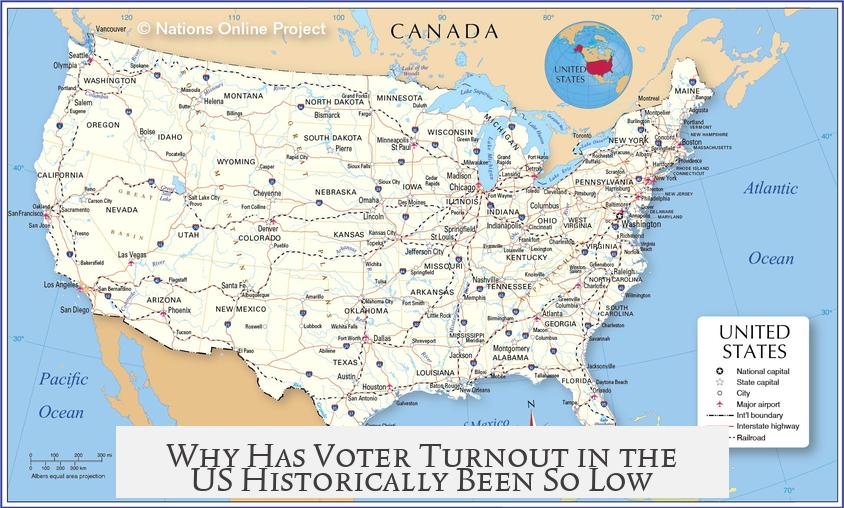
The short answer: Low voter turnout in the US is a tangled web of issues—no single cause stands out like a beacon. It’s a puzzle with many pieces: political, cultural, logistical, and historical factors all intertwine to create this complex phenomenon.
Let’s dive deep into the reasons behind America’s famously low voter turnout and how it compares with other democracies, like the UK, to highlight what makes the US unique.
Does the US Just Have More Voters Who Don’t Show Up?
Turns out, the US is not alone with fluctuating voter numbers. For instance, the UK’s turnout swings widely—from a robust ~84% in some elections down to nearly 60% between World War II and 2001. That’s a huge gap! But depressed voting there often points to disengagement with politics rather than actual logistical hurdles like how hard it is to vote.
In America, it’s tempting to think complicated machinery like the Electoral College or epic gerrymandering explains the drop-off at polls. However, these have been fixtures for ages—even in 1876, when turnout hit a staggering 81.8%. So, what changed since then?
The Progressive Era and the Rise of Separate Local Elections
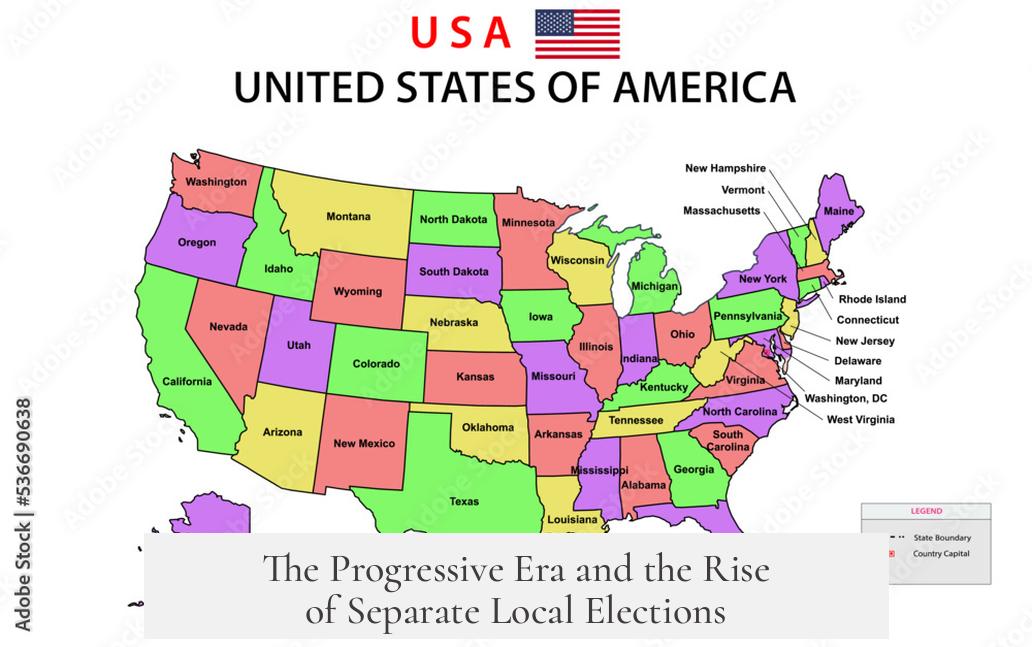
One guess is the way elections are structured. During the Progressive Era, reformers pushed for separating local elections from national elections, hoping this would make local government more focused and effective. It did—but it inadvertently pushed local elections into the shadows.
Why? Because national politics has the spotlight. People see it as more vital. Result? Presidential races attract about 60% of voters; local elections see a pitiful 15-30%. The decline of local newspapers only worsened this trend. With fewer pages dedicated to local issues, voters just don’t get the information or motivation they once did.
Is District Design Killing Voter Enthusiasm?
And then there’s the geography puzzle—the political map has self-sorted. Democrats flock to cities; Republicans to rural areas. What does this cause? Uncompetitive districts. When a race is a foregone conclusion, voters often skip the drama entirely.
Interestingly, studies show that making districts more competitive bumps turnout only slightly—about 1% per election. That tells us that while competitiveness matters, it’s not the magic fix.
Let’s Talk About the Electoral College and Gerrymandering… Again

Yes, both get blamed a lot. But since they existed during high-turnout periods too, their impact isn’t straightforward. The Electoral College can make some votes feel less “counted,” especially in safe states. Gerrymandering — redrawing districts to favor a party — can skew competition.
Still, the 1876 election contradicts the notion that these mechanics are solely responsible for low turnout. They exist alongside many other factors.
Could Political Disengagement Be the Root?
Maybe the real story is a societal one. Across democracies, low turnout often signals disinterest or alienation. Voters might feel their voices don’t matter, choices aren’t inspiring, or the system is just too messy.
Consider the modern voter’s experience: relentless media cycles focusing on national politics, local issues barely covered, and complex voting systems that can sometimes intimidate first-timers. Combine that with historical struggles like voter suppression and confusing registration laws, and you’ve got a recipe for quiet polling booths.
What Can Be Done? Tips for Turning the Tide
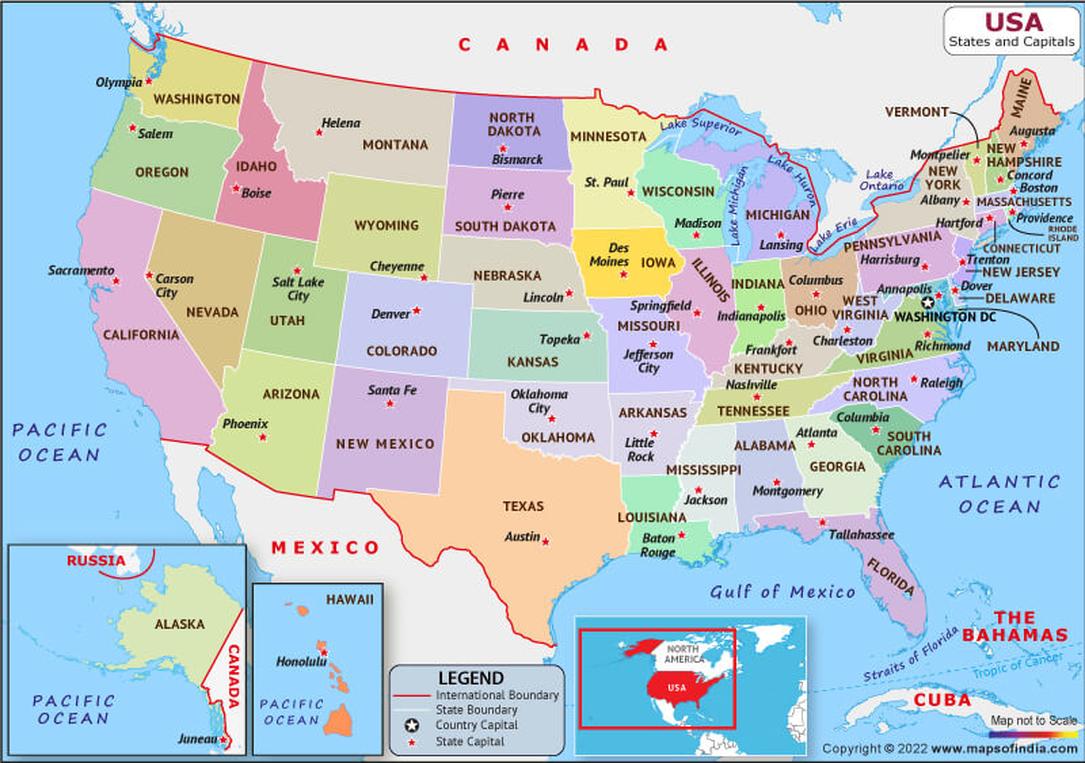
- Make Voting Easier: Automatic registration and same-day registration could help. If you don’t jump through hoops just to vote, more might show up.
- Boost Local News Coverage: Reviving local journalism can rekindle interest. If voters know what’s going on nearby, they may care more.
- Encourage Competitiveness: Redistricting reform could help make more races exciting and engaging.
- Educate Voters: Clear explanations of how the Electoral College works and why every vote matters—even in “safe” districts—can motivate participation.
In the end, voter turnout is like a complex dance between the rules, culture, and people’s feelings about politics. One clear takeaway: no one magic fix exists. It’s a slow climb that requires attention to many parts at once.
“Low turnout doesn’t just happen because of logistics; it’s often a mirror reflecting how connected people feel to their politics—and what’s missing in that connection.”
Final Thoughts
The US’s historically low turnout isn’t a simple story of broken systems alone. It’s a mix of political structures, dwindling local engagement, geographic polarization, and social dynamics. The contrast with countries like the UK shows cultural and institutional elements at play.
Imagine if local elections were as engaging as the big leagues; if getting registered was as easy as ordering pizza; if every district felt like a close game instead of a guaranteed win. Maybe then, the US could join the club of democracies with voters actually turning up.
Do you think voter turnout will bounce back soon? Or has political engagement reached a critical low? Let’s talk about it!
